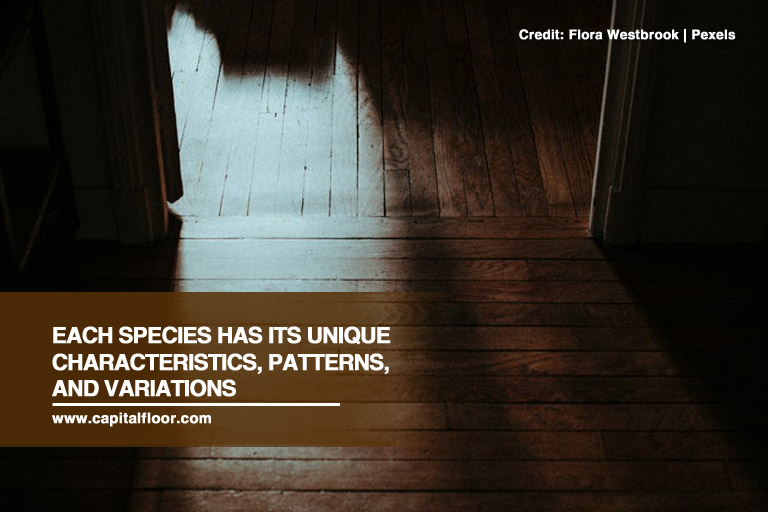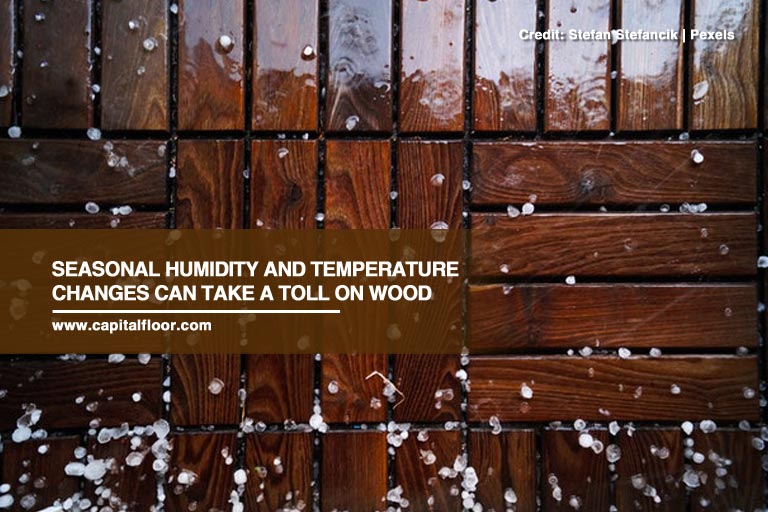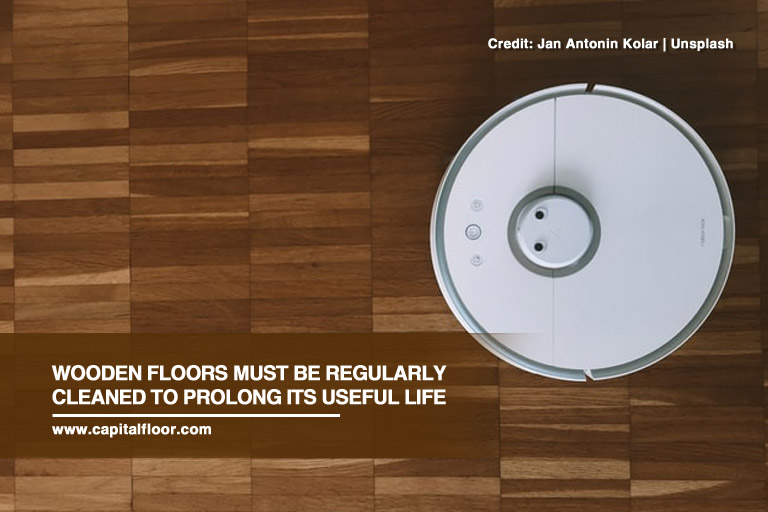Our showroom is open to the public. Please click HERE for more details.
Our showroom is open to the public. Please click HERE for more details.
Installing hardwood floors in your home or office space can transform it into an exquisite work of art. The right choice of wood floors can add depth and a sense of timeless elegance to any space.
However, it’s not as simple as walking into a store, picking the first design you see, and being done with it. Between the potential cost of the material itself, its maintenance needs, and its susceptibility to scratches, moisture damage, and rot, it’s not a decision to be taken lightly.
If you’re planning on sprucing up your home with some good old wooden floors, it helps to have a little knowledge under your belt. Here are 10 factors you need to consider before installing wooden flooring:
1.Your Lifestyle and Needs

Your routine and habits should be at the top of your list of considerations. Depending on your lifestyle, it’s possible for your floor to receive a significant amount of wear and tear. If the room will be used to host parties or if you have pets at home, then you need to choose a type of wood that is both hardy and scratch-resistant.
To ensure the durability of specific wood, you can search for its Janka Hardness Scale rating. Better yet, visit a local flooring consultant to discuss your options and get recommendations on the most suitable type of wood flooring.
2.Location
Not all forms of hardwood work for every part of the house, so think carefully about the area in which you’ll be installing them. Some rooms have higher temperature and humidity levels that may not be ideal for certain wood flooring. Engineered wood, for example, may work fine for spaces below ground level, like the basement. However, solid wood will not last in these areas since the rise of moisture from the ground can damage the material.
3.Home Interior

The interior fixtures of your home should also be a deciding factor in the type of wood flooring you choose. Check your furniture, your cabinet’s trim work, door casing, and other design elements to avoid a clash in style, texture, and colour. As a rule of thumb, go for darker wood if you want a sophisticated look while lighter woods exude a more modern vibe.
Lighting can also impact the appearance of your flooring. Darker woods work great in rooms with plenty of natural lighting. On the other hand, rooms that see less sunlight can benefit from lighter flooring to make them appear more spacious.
4.Subfloor Type
All floors have subfloors, and it should be part of your decision-making when you choose your hardwood floor. The most common types of subflooring are concrete slabs, particle boards, and plywood. Depending on the type of subfloor, you can decide whether to use an engineered floor or solid wood. The most versatile subfloor would be plywood since this can work well in tandem with either solid wood or engineered wood floors.
If your subfloor is either particle boarding or concrete slabs, you will still need to install plywood before installing engineered or solid wood flooring.
5.Wood Species

There are several species of trees that can be used for wood flooring, and each has its unique characteristics, patterns, and variations. Based on your lifestyle and aesthetics, here are some of the most commonly used wood species:
6.Climate

Wood flooring is vulnerable to moisture, and moisture content can change based on the seasonal and daily fluctuations of humidity and temperature. The ideal moisture content for wood flooring is between 4% MC to 13% MC, depending on your geographic location and the time of year. A general idea of the climate in your location is necessary for the installation of new flooring. It may also determine if there’s a need for interior climate-control capabilities, including HVAC systems, humidification or dehumidification systems, interior and exterior insulation, and the methods of construction.
7.Cost
Hardwood floors don’t often come cheap. The total cost of hardwood floors takes into account both the initial installation cost, the price of removing and disposing of old floors, and the price of maintenance. You’ll also need to determine whether or not refurbishing would necessitate the replacement of furniture and fixtures to match your new floors.
8.General Maintenance and Upkeep

While hardwood flooring is known for its durability and stability, it still requires regular maintenance and upkeep. During installation, a protective coating will be applied to the surface to ensure its longevity. This, however, fades over time and must be recoated. While you don’t have to re-apply it too often, the frequency will depend on how much wear and tear your floors have to endure and how often it is cleaned and maintained.
Another thing you need to understand is how to properly clean wooden flooring. Your cleaning routine should include vacuuming and sweeping. Mopping should be avoided at all costs; steam or excessive moisture can damage their finish. Cleaning products should also be mild and safe for wooden flooring; use only cleaners recommended by the manufacturer.
9.Finishing and Staining Choices
The appeal of wood floors boils down to their natural beauty. The problem, unfortunately, begins when they stain and change colour over time. Applying the right finishing and polishing helps reduce the chances of your floor losing its aesthetic appeal. Finishes and staining will allow you to alter their appearance to suit your tastes.
10.Installation

If you have the right equipment, skill, and know-how to correctly fit wooden flooring, there is no reason why you shouldn’t install your own floors. However, if you don’t have much experience, you can save money, time, and effort by hiring professional craftsmen to do the job for you. They have knowledge, experience and expertise while being equipped with the right tools for the job. Professionals can install floors more efficiently without endangering your other fixtures.
At the end of the day, the most important consideration in choosing and installing wooden floors is you and what works best for you. Consult professional flooring providers so you end up with the ideal flooring.
Call Capital Hardwood Flooring for your hardwood flooring needs. We provide engineered flooring, floor installation, and floor sanding services in and around the Greater Toronto Area. Our workmanship is of the highest quality, and our customer service is top-notch. We are at your disposal. Call us at (416) 536-2200 for inquiries or visit our showroom to see our products firsthand.